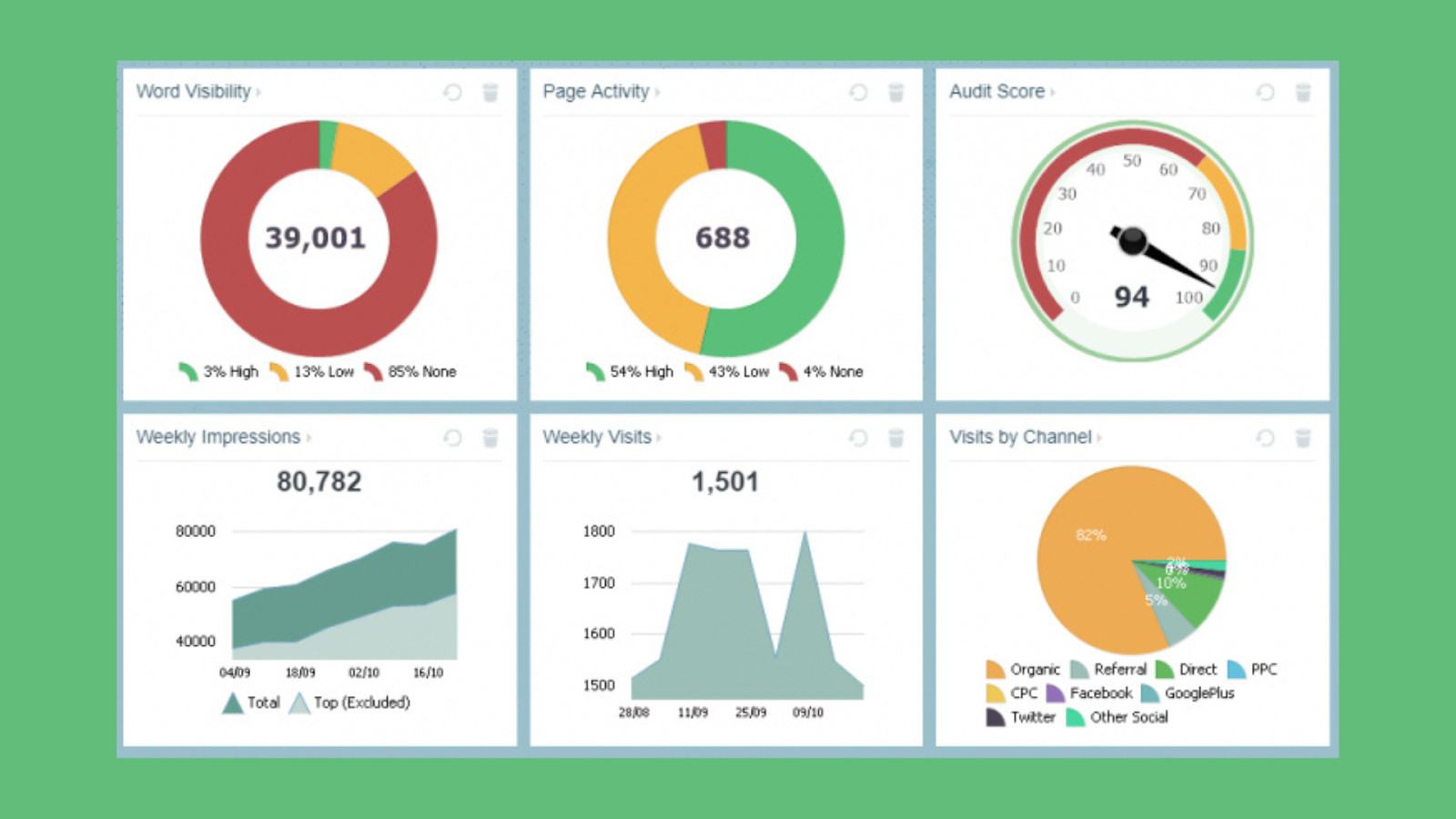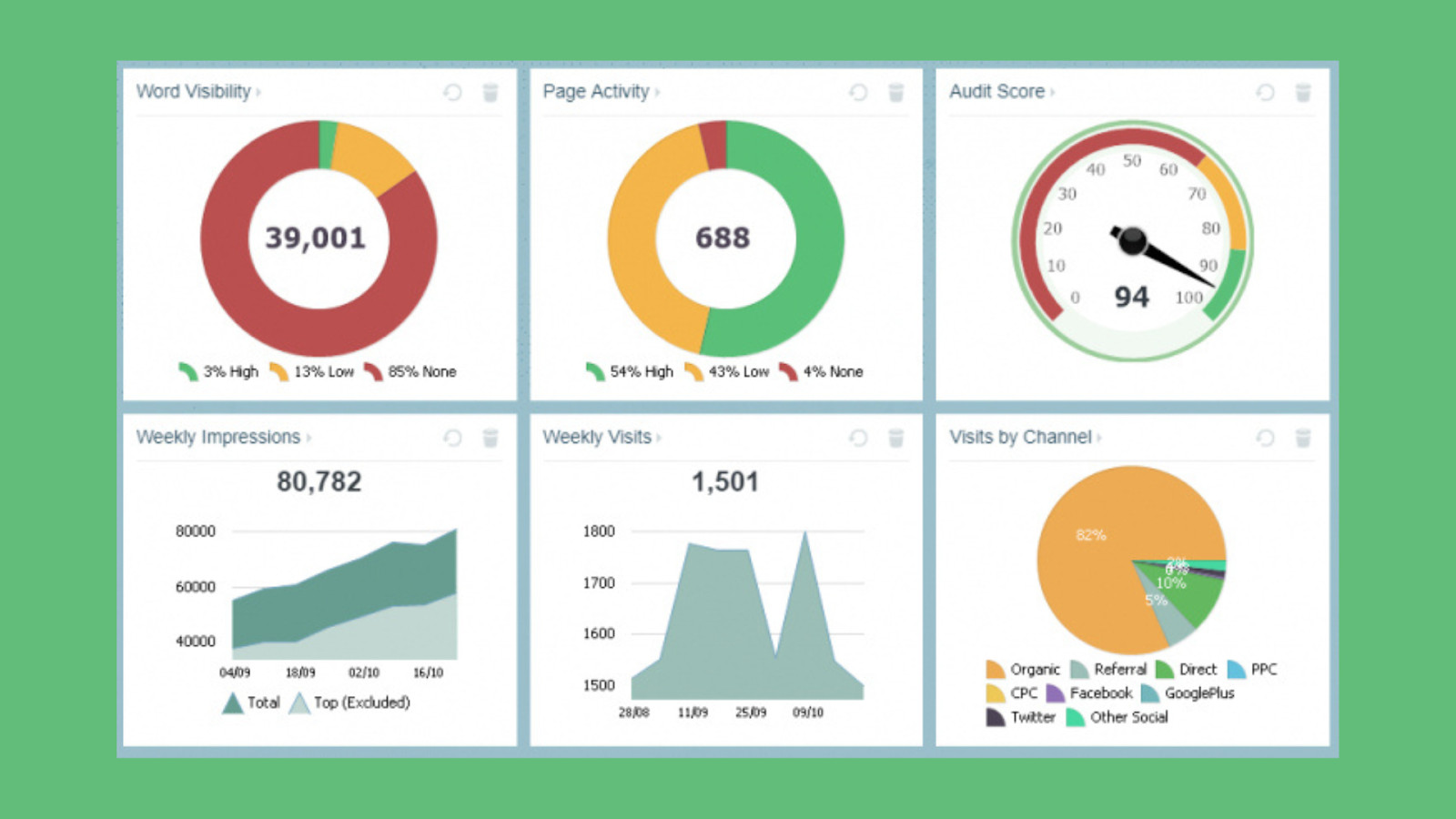Performance vs. Design: How to Achieve the Perfect Balance
Balancing great design and fast performance in web development can feel like a never-ending battle. You want your website to look amazing, with beautiful images, custom fonts, and cool animations, but you also need it to load quickly so users stick around. How do you achieve that perfect balance between visual appeal and speed? Let’s break down how you can create an engaging, visually stunning website that also performs smoothly and keeps users happy.

Table of Contents
Why Performance Matters for User Experience
First impressions are everything, and online, those impressions are made in the blink of an eye. Studies show that a one-second delay in page load time can lead to a 7% drop in conversions (Source: Aberdeen Group). Imagine how much business you could lose simply because your website loads a bit too slowly. In today’s world, users expect things instantly, and if they don’t get it, they’re just a click away from your competitor.
Google’s Core Web Vitals help you measure the key aspects of your site’s performance: how fast it loads (Largest Contentful Paint, or LCP), how quickly users can interact with it (First Input Delay, or FID), and how stable the content is as it loads (Cumulative Layout Shift, or CLS). If these metrics are good, your users will not only get to your site faster, but they’ll also enjoy a smoother experience while they’re there. Performance optimization is about giving your users the best experience possible from the first click.

Challenges of Design-Heavy Websites
Design is what grabs attention and makes your brand memorable, but it often comes with challenges that can hurt performance. Beautiful, high-resolution images, complex animations, and custom fonts are what make a website stand out, but they can also slow it down. For example, a stunning e-commerce site may use full-screen videos and intricate animations that look fantastic but take too long to load, frustrating users.
Images and media are often the biggest culprits for slowing down a site. They make the page heavier, which means longer load times. Similarly, custom fonts add a unique touch but can increase the load time significantly if not optimized properly. The challenge is to make sure that these design elements do not become obstacles to a fast, seamless experience.
Strategies for Optimizing Performance Without Sacrificing Design
The good news? You can have it all—a beautifully designed website that also performs well. Here’s how:
Image Optimization
Images are often the largest part of a webpage, but you can make them less of a burden by using modern formats like WebP or AVIF. These formats provide high-quality visuals at a fraction of the file size compared to traditional formats like JPEG or PNG. Also, implement lazy loading so images only load as users scroll down the page. This simple trick can significantly reduce the initial load time.

Efficient Use of Animations
Animations are great for guiding users through your site and making it more dynamic, but too many can slow everything down. Stick with CSS animations—they’re generally more efficient than JavaScript. Focus on using animations for key elements only, and use properties like ‘transform’ and ‘opacity’ that are optimized for performance, letting the GPU handle them for smoother results.
Minimizing Custom Fonts Impact
Custom fonts make your brand look unique, but they can slow down your site. To tackle this, only load the characters you need by using font subsetting. Also, use font-display strategies like ‘swap’, which makes sure the text is still readable while your custom font is being loaded. This way, users aren’t left staring at a blank screen waiting for fonts to load.
Code Optimization
JavaScript is often one of the biggest sources of website bloat. Reduce this by minimizing unused scripts and avoiding unnecessary libraries. Tools like tree-shaking can help eliminate dead code, making sure only the essential JavaScript is loaded. The same goes for CSS—clean up unused styles with tools like PurifyCSS to ensure your code is lean and efficient.
Tools and Techniques to Optimize Performance

The key to improving performance is knowing where to start. Thankfully, there are several tools that can help you identify what needs fixing:
- Google Lighthouse: This tool provides insights on speed, accessibility, and SEO, offering detailed audits to improve page speed.
- GTmetrix: This tool provides an in-depth analysis of your site’s performance, with a breakdown of load times that makes it easy to spot issues.
- PageSpeed Insights: This Google tool gives separate performance scores for mobile and desktop, along with recommendations for improvement.
By regularly using these tools, you can stay on top of performance and make sure your design choices aren’t slowing you down.
Case Study: Successful Balance Between Design and Performance

Airbnb exemplifies how to deliver a visually rich, fast-performing platform. Its stunning design includes high-quality images, smooth animations, and intuitive layouts, creating an engaging user experience. However, this aesthetic appeal is paired with powerful performance optimizations:
- Image Optimization: Airbnb dynamically resizes and compresses images based on device type, ensuring faster load times without compromising quality.
- Server-Side Rendering (SSR): Pages are pre-rendered on the server, enabling quicker initial loads, especially on slower networks.
- Lazy Loading & Code Splitting: Non-essential assets load only when needed, keeping the site responsive.
Practical Steps to Get Started
Balancing performance and design might sound overwhelming, but it doesn’t have to be. Here are some practical steps you can take right away:
- Audit Your Website’s Performance: Use tools like Google Lighthouse or PageSpeed Insights to see where you stand and what needs improvement.
- Optimize Images: Convert images to modern formats like WebP, enable lazy loading, and compress them to reduce the size.
- Review Fonts: Limit custom fonts, subset them, and use font-display strategies to make sure text appears quickly.
- Minimize JavaScript and CSS: Remove unused code, minimize reliance on heavy libraries, and use tree-shaking to optimize.
- Use Animations Judiciously: Stick to efficient CSS animations and use properties like ‘transform’ and ‘opacity’ to keep things smooth.
- Test on Real Devices: Test your site on real phones and tablets to see what your users experience firsthand.
Conclusion
Finding the perfect balance between performance and design is all about putting your users first. A fast website keeps users from clicking away, and great design keeps them engaged. You don’t have to choose between speed and beauty—with the right approach, you can have both.
Keep experimenting, keep optimizing, and always remember that the goal is to create a great experience for your users. By blending performance and design thoughtfully, you can give your users the best of both worlds—speed that keeps them around and visuals that leave a lasting impression.
Take your company to the next level and get results with our world class user experience, interface design and implementation.
Get a FREE 30 min Strategy Session

Related posts
How Leading Brands Are Using Voice User Interfaces: Insights and Learnings
Voice User Interfaces (VUI) are transforming the way consumers interact with technology. As the capabilities of voice recognition and natural […]
How Gesture-Based Interaction is Transforming UX/UI Design
From physical buttons to touchscreens, user interfaces have evolved significantly over the years. But now, a new revolution is underway—Touchless […]
Stay ahead in SaaS: How to out UX your competitors
In today’s fiercely competitive SaaS market, understanding customer intent is more than just a strategy—it’s a necessity. With countless options […]
Creative product design that gets results
Take your company to the next level with world class user experience and interface design.
get a free strategy session



